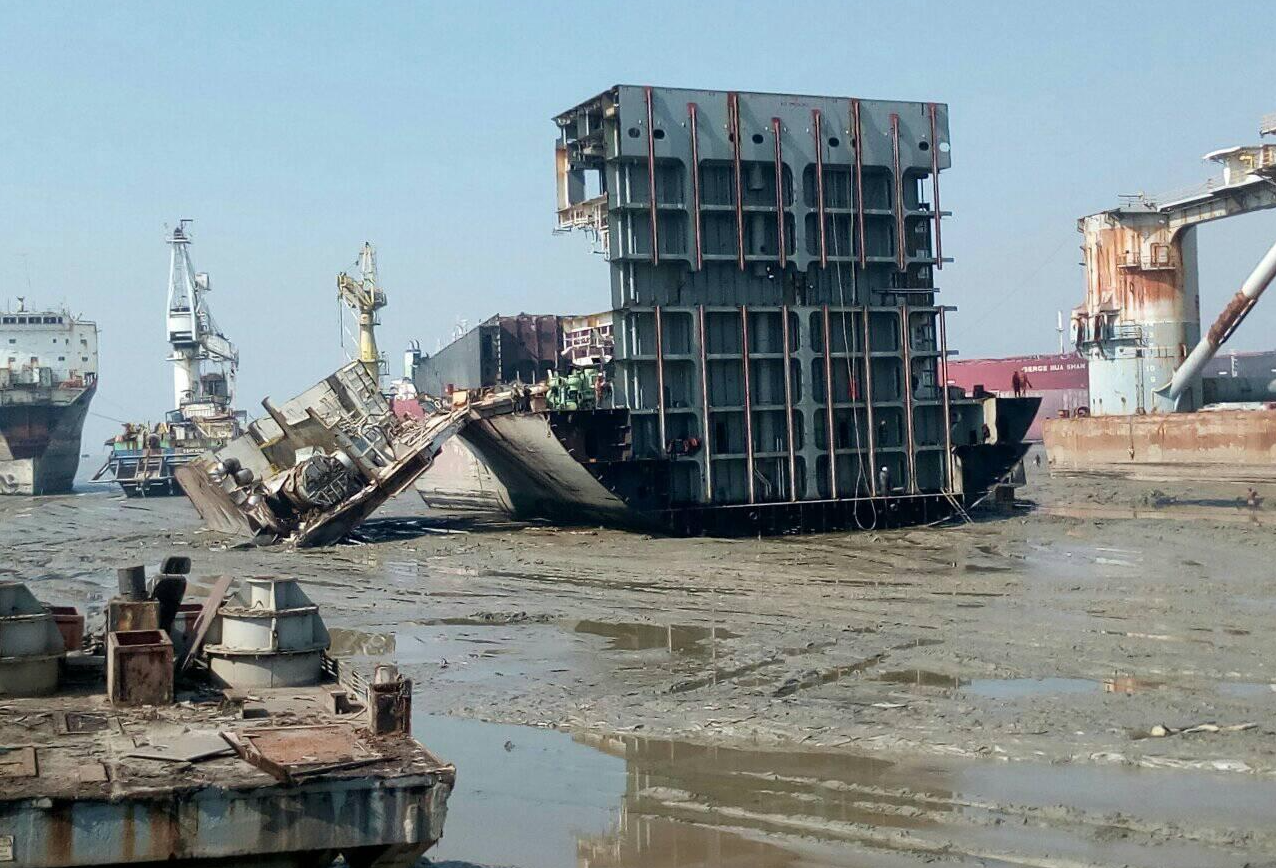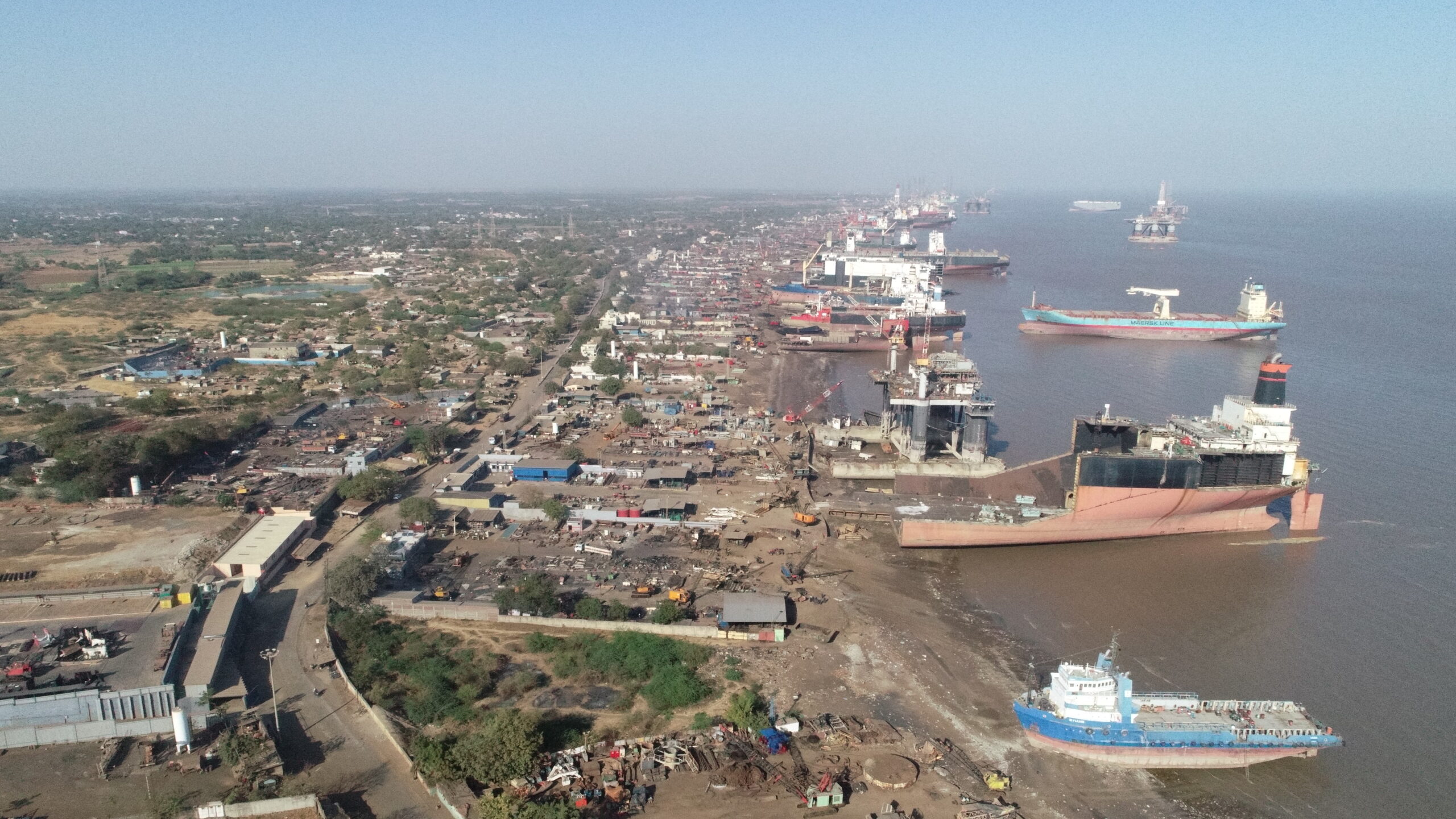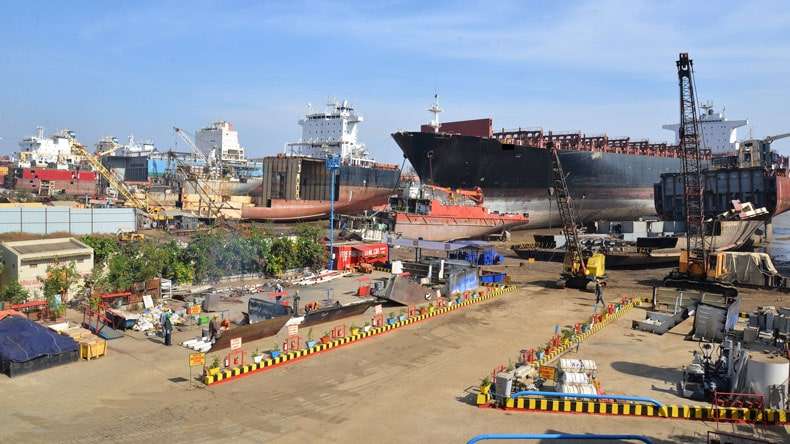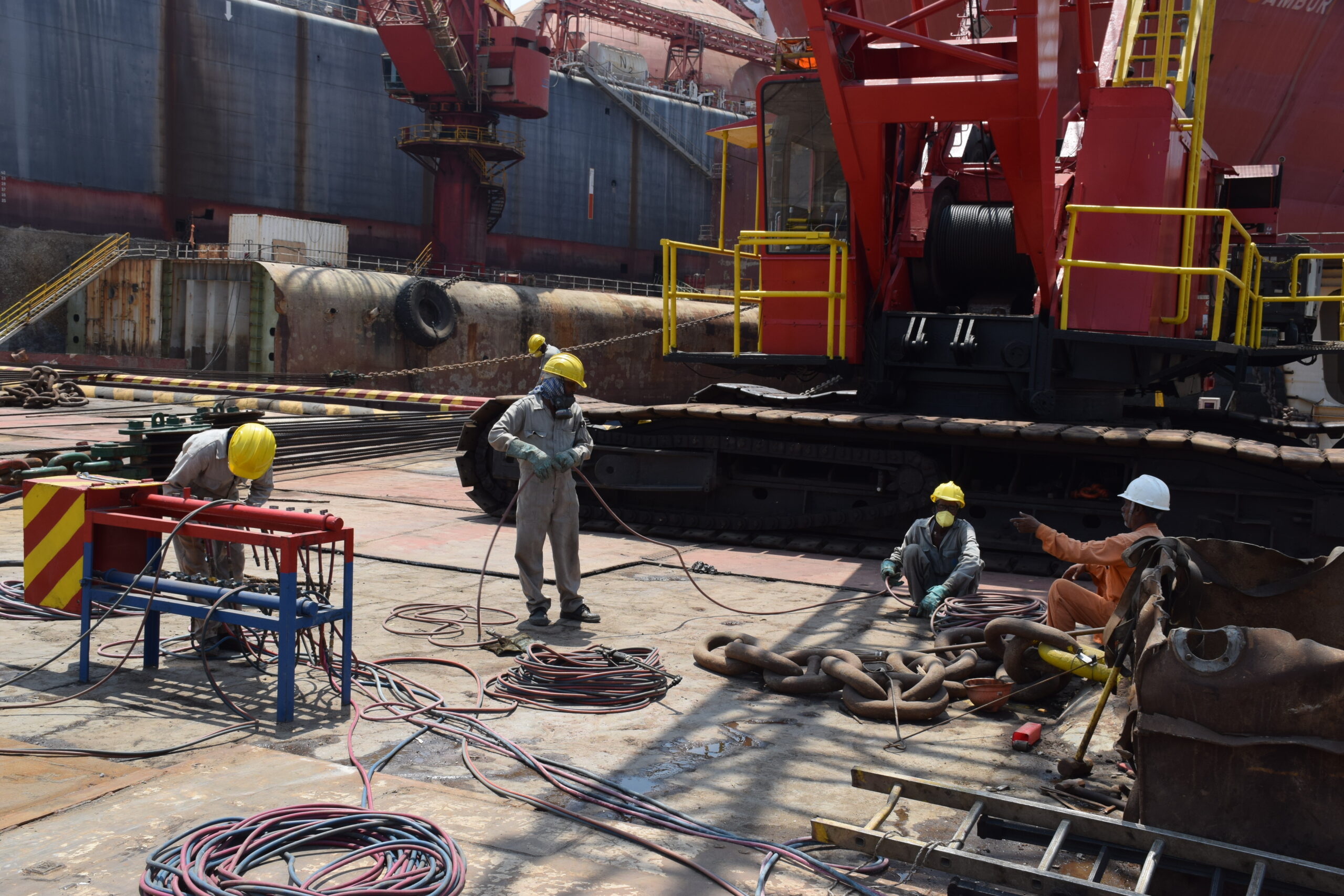Three Months In: Assessing the Early Effects of the Hong Kong Convention on Ship Recycling
Three months after the Hong Kong International Convention for the Safe and Environmentally Sound Recycling of Ships (known as the Hong Kong Convention) came into force on June 26, 2025, the global ship recycling industry is already feeling its impact. The new international rules are reshaping how ships are dismantled, how yards operate, and how owners plan the end of a vessel’s life.

The primary purpose of the Hong Kong Convention is to enhance the safety of ship recycling for workers and improve its environmental impact. Shipbreaking has long been known for its dangers, with many workers exposed to hazardous materials such as asbestos, heavy metals, and oil residues. The Convention seeks to change that by requiring ship recycling to be done only at authorised facilities that follow strict safety and environmental standards.
Under the Convention, every authorised yard must prepare detailed plans explaining how it will protect worker health, ensure safety, and properly handle or dispose of toxic materials. Ships themselves must also follow new documentation rules. Each vessel must maintain an updated Inventory of Hazardous Materials throughout its operational life, identifying all dangerous substances onboard. Before it can be dismantled, a ship must undergo a final survey and receive an International Certificate of Compliance for Recycling, confirming that it meets all Convention requirements.
The new rules apply to ships over 500 gross tons that fly the flags of countries which have signed the Convention and that operate internationally. However, many shipowners face additional challenges because other regulations also apply. For example, the European Union continues to enforce its own Ship Recycling Regulation and Waste Shipment Regulation, both of which contain similar — and sometimes stricter — requirements. Ships that visit EU ports or fly EU flags must therefore comply with both EU and Hong Kong Convention standards.
One of the most important aspects of the Convention is its wide participation. It has been ratified not only by major shipping nations such as Denmark, Germany, Japan, Malta, and Panama but also by the world’s leading ship recycling countries — India, Bangladesh, Pakistan, and Turkey. This global coverage is crucial, as these South Asian countries handle most of the world’s ship dismantling. Their inclusion helps ensure that safer and cleaner practices become the industry norm rather than the exception.
The Convention is also influencing the financial side of shipping. Even before it became law, many ship financing agreements required compliance with its principles. Now that it is officially in force, lenders and shipowners face greater scrutiny. Some banks are updating loan agreements to require that ships be recycled at Convention-compliant facilities, even if the vessel’s flag state has not signed the treaty. This change could make the Convention’s reach extend far beyond its direct members.
However, these improvements come with higher costs. Shipowners now have to spend more money on certification, documentation, and recycling plans. Recycling yards must invest heavily in upgrading their infrastructure, training staff, and maintaining compliance systems. These expenses could make it harder for small or older yards to stay competitive. Similarly, financing older vessels may become more difficult as lenders view them as higher-risk assets under the stricter rules.
In the short term, some shipowners might delay scrapping their older vessels to avoid the new compliance costs. Others might look for ways around the system by sending ships to countries that have not yet joined the Convention. Yet, because the main recycling nations have already signed on, this kind of regulatory avoidance is becoming increasingly difficult.
The new rules also highlight the complex web of international, regional, and national laws that govern ship recycling. A ship that operates in European waters, for instance, must comply with both the EU’s stricter regulations and the Hong Kong Convention, even if its flag country is outside Europe. This overlap may be confusing for shipowners, but it could also help raise global safety and environmental standards over time.
Despite the growing pains, the early response from the industry has been largely positive. Many observers believe that the Convention marks a turning point in making ship recycling safer, cleaner, and more transparent. It could encourage investment in modern recycling facilities, create new business opportunities for compliant yards, and eventually lead to a more responsible global recycling market.
Still, big challenges lie ahead. Governments will need to monitor yards carefully to ensure they follow the rules. Enforcement must be consistent, especially in countries where regulatory capacity is limited. Smaller or less-developed yards may struggle with the cost of compliance, while the risk of non-compliant facilities undercutting prices remains. Effective cooperation between governments, shipowners, and financial institutions will be essential to prevent loopholes and ensure that the Convention’s benefits are felt across the industry.
After three months, it is clear that the Hong Kong Convention is not just another international agreement — it is a fundamental shift in how the world handles the end of a ship’s life. The process of adaptation will take time, and the balance between safety, cost, and competitiveness is still being worked out. But for shipowners and recyclers willing to embrace the change, the Convention offers a path toward a more sustainable and reputable industry.
The coming months and years will show whether this ambitious global effort can truly deliver on its promise: a ship recycling industry that protects its workers, preserves the environment, and operates under one shared standard of responsibility.
Author: shipping inbox
shipping and maritime related web portal









